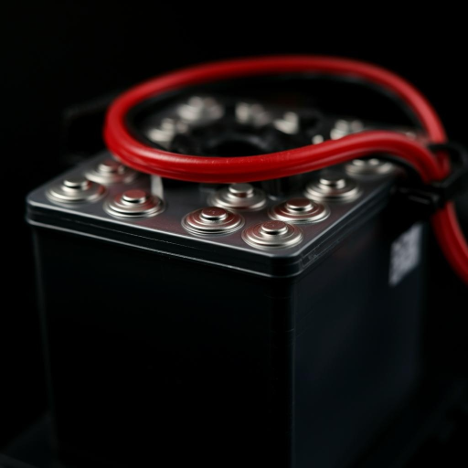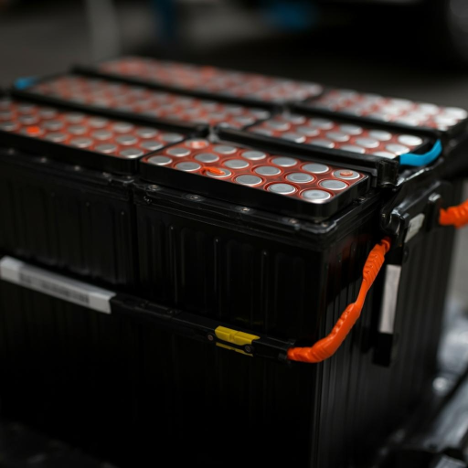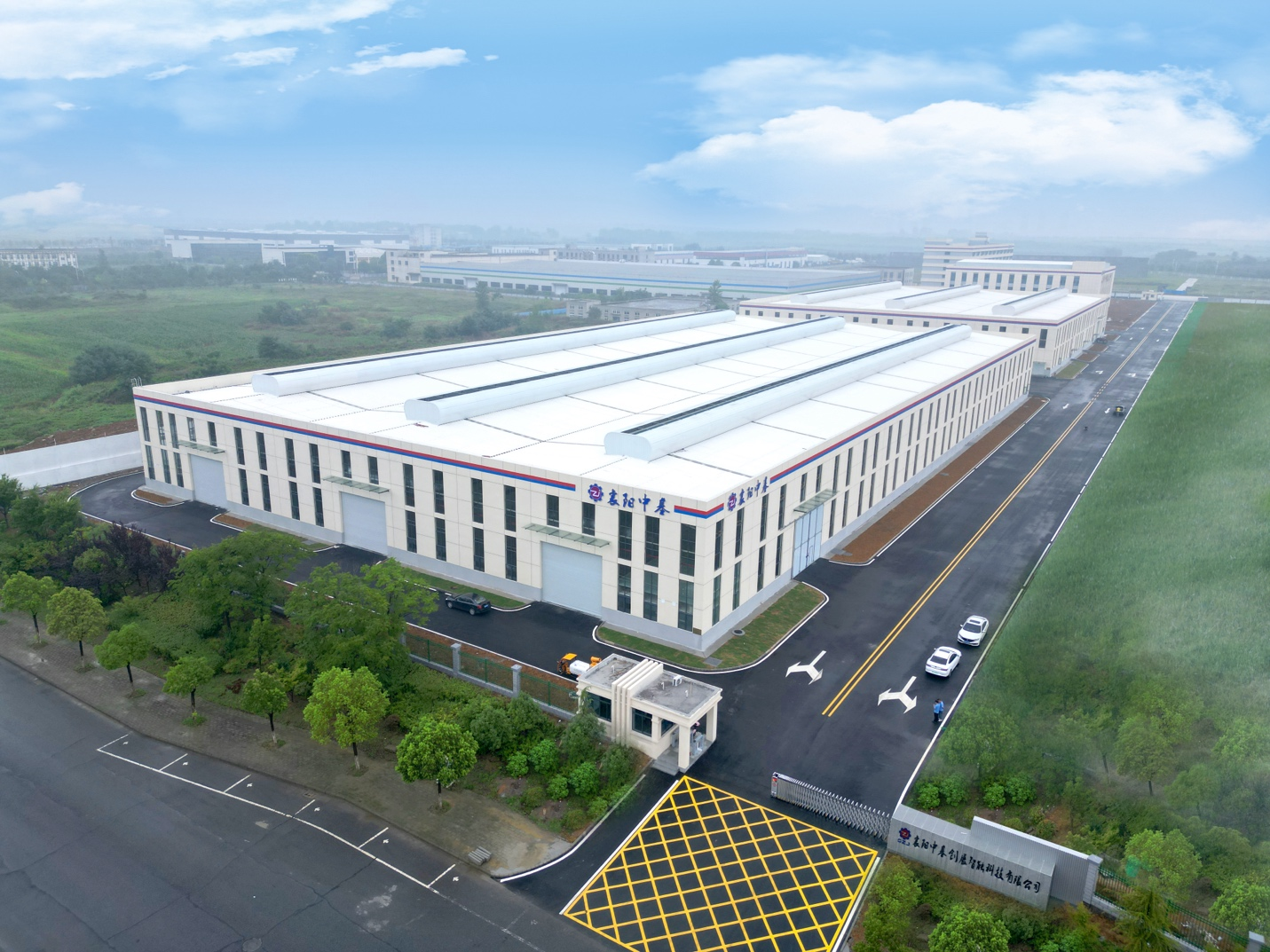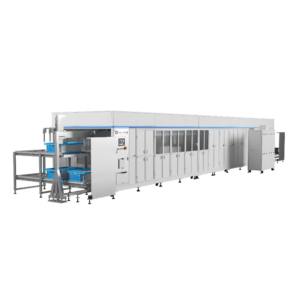Battery technology is becoming more critical than ever across various sectors. As these industries continue to grow, understanding the differences between battery chemistries is essential for making smart choices. Lithium Iron Phosphate (LFP) and Nickel Manganese Cobalt (NMC) are two of the most widely used battery types today. This article will help you analyze the LFP vs NMC battery differences, which will allow you to make an informed decision.
Let’s see the key differences between these two battery types, which will help you better understand the LFP vs NMC battery debate and the ways to ensure safe LFP vs NMC battery production and operation.

Differences Between LFP and NMC Batteries
The LFP vs NMC battery types differ in the following ways:
1. Materials
LFP batteries use lithium iron phosphate in their cathode, which offers long-lasting stability and excellent thermal performance. NMC batteries rely on a combination of nickel, manganese, and cobalt, which gives them greater energy storage capacity in a smaller package.
2. Energy Density
Energy density measures the power capacity for a battery can store relative to its size. As comparing the NMC vs LiFePO4 batteries, the former generally has a higher energy density (150-220 Wh/kg), which makes them suitable for space-constrained applications like electric vehicles and portable electronics. On the contrary, LFP batteries have a lower energy density, typically somewhere between 90–160 Wh/Kg.
3. Thermal Stability
LFP batteries are more thermally stable, meaning they are less likely to overheat or render fire under extreme conditions. This makes them a preferable solution in extreme temperature applications. In terms of stability comparison of LFP vs. NMC batteries, the latter kind is more prone to thermal runaway, which is why they often require more advanced cooling systems in high-stress environments. Having said that, NMC batteries are generally safe to use when used with proper care.
4. Cost Considerations
The difference in cost between LFP vs NMC battery types is primarily driven by the prices of raw materials used in their construction. Due to the NMC chemistry, these batteries contain costly materials like cobalt and nickel, which makes them more expensive. LFP batteries are usually more affordable, while they use iron and phosphate, which are more abundant and less expensive than the nickel and cobalt used in NMC batteries.
5. Applications
LFP and NMC batteries serve distinct purposes across a variety of industries based on their unique characteristics. LFP batteries are commonly used in solar energy storage, electric buses, uninterruptible power supplies (UPS), and industrial equipment. On the other hand, NMC batteries offer a higher safety nature, which makes them a good choice for many portable electronics, power tools, electric vehicles, and renewable energy systems.

Ensuring Safe Battery Operation
As batteries store large amounts of electricity, keeping their operations safe is highly critical to avoid any mishap, whether for LFP vs NMC batteries. Without focusing on safety measures, batteries can run into thermal runaway, which can result in the explosion of the batteries at times.
Irrespective of the type of battery you use, here are some simple tips that can protect the batteries against any unfortunate incident.
1. Handling and Storage
Batteries are suirable for being stored in a cool and dry place. While handling any battery, it’s essential to avoid exposing them to extreme temperature conditions or physical damage. Continuously operate the battery within the recommended temperature range to avoid any trouble and avoid rough handling of the batteries to increase their lifespan.
2. Mechanical and Electrical Protection
Battery protection systems are critically important for preventing damage and reducing the risk of failures. Adequate protective casings and electrical safeguards, like overcharge and short-circuit prevention, help avoid many potential issues.
3. Continuous Monitoring and Diagnostics
Continuous monitoring of the battery systems will help you increase their lifespan. Using advanced monitoring systems like a Battery Management System (BMS) allows users to track key performance indicators such as temperature, voltage, and charge cycles. Frequently checking the condition of the batteries allows you to diagnose any potential issue well ahead in advance, which means that you can always take preventive measures to safeguard the expensive batteries.
4. Importance of Proper Battery Assembly
No matter which battery type you use after making your conclusions in the LFP vs NMC battery debate, focusing on the proper assembly of the battery will take you a long way in enhancing the battery’s reliability and safety. A well-constructed battery system should not compromise the quality of the components, which means that the battery manufacturers need to make sure that all components, including cells, wiring, and protective mechanisms, are correctly aligned and securely connected. Improperly assembled batteries can suffer from electrical faults, weak connections, or inadequate cooling, all of which increase the likelihood of failure. However, proper assembly of the battery makes sure that such issues are avoided so that the safety, reliability, and durability of the system can be enhanced.
SZJ Automation’s Battery Assembly: Make Every Battery Cell Production Safe and Reliable
At SZJ Automation, we can offer a complete Prismatic Cell Turnkey Solution specifically designed to enhance the efficiency and reliability of prismatic cells’ battery pack manufacturing process. Their system covers every stage of manufacturing, such as electrode coating, cell assembly, testing, and final packaging.

This prismatic battery manufacturing solution maintains a steady productivity rate of 6 to 20 parts per minute (PPM). This range allows manufacturers to scale their production according to demand while ensuring consistent output quality. As a result, it allows manufacturers to optimize their production lines, lowering the chances of downtime and increasing throughput so as to reduce safety issues.
Moreover, its self-developed continuous laser welding technology makes reliability go further. This technology significantly enhances the efficiency of prismatic and blade cell production, achieving an increase in production efficiency by more than 3 to 5 times compared to conventional segmental welding methods. This advancement not only speeds up each battery manufacturing stage but also enhances the overall reliability of the battery cells produced.
And with customization options and expert support, we can help LFP vs NMC battery manufacturers meet the best suitable solution for maintaining high standards of safety and reliability. And it brings scalability for battery manufacturers, allowing them to expand production seamlessly without compromising on quality.
Wrapping-Up
Understanding the differences between the LFP vs NMC battery debate is critical in order to make informed decisions. Both battery types offer distinct benefits depending on the application. For manufacturing reliable LFP and NMC batteries, SZJ Automation can help every battery cell manufacturer with our over 20 years of experience. Our commitment to innovation, quality, and safety has led to the development of highly advanced manufacturing solutions. With more than 87 patents and a strong focus on intelligent manufacturing, we can provide trusted and scalable solutions for battery production.
Visit our SZJ Automation’s official websites to learn more, or contact us directly.

Reference
- Available at: https://www.mayfield.energy/technical-articles/comparing-nmc-and-lfp-lithium-ion-batteries-for-ci-applications/



